Preface
The more you know harmonics,
the more you understand
and appreciate music.
People love and enjoy music. Many aspire to the highest standards of musicianship, but sometimes due to their limitations, they become disappointed and lose their precious passion for music.
There are people with great performing skills but are weak in music theory. They have studied and learned music theory at school, just to passing music classes, but many do not know how to apply the theory to their own music and how to fully enjoy and love the music.
Music theory is not just a THEORY. But it is a study that allows us to understand the language of music. It helps us interpret musical compositions, communicate with other musicians. And understanding harmonics is the core of music.
If you understand harmonics, you can accurately analyze music. When correctly analyzed, you can expand the limits of performing skills and acquire an ability to create similar music, which you have analyzed. Thus, understanding harmonics helps us become confident in creating and performing music. You have to raise your musical standard from just playing notes on an instrument to having the ability to analyze musical pieces and knowing how to play them right. In order to truly enjoy the moment while playing a music, you have to know why there is a sharp sign(#) and a flat sign(), know how to modulation, know how the chord changes, and know which chords will produce the sounds and feelings that you have wanted. And also, in order to compose or arrange your own musical pieces, you must know the harmonics.
I wanted to write the book that music lovers can enjoy, easily understand, and easily access; free from the stress of learning and acquiring a difficult knowledge.
Playing or listening to music that you love brings a pleasure but you will get a true satisfaction in music when you find out underlying structures of music and be able to compose your own piece.
The purpose of this book is to show that learning harmonics makes music much more interesting. When you climb over a wall, you can find out what is beyond the wall. Likewise, when you study harmonics you will find a whole new world of music which you have not seen before. Dont you want to be able to fully understand music and find a true and lasting satisfaction in music?
The joy of seeing what you havent seen, the joy of hearing what you couldnt hear!
You will hear, understand, and appreciate music as much as you know.
The more you know, the more you see!
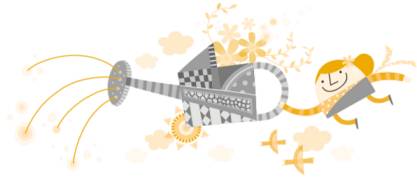
Chapter 01
 Basic Theory
Basic Theory
Learn the staff
Pitches are expressed as "musical alphabets"
Is there a difference between pitch names and solfge names?
Sharp raises a note by a half step, Flat lowers a note by a half step
Enharmonic
The intervals between E-F, B-C are naturally occurring half steps!
Understand flags to understand music.
Magic of Tie
Understanding Time signature!
Recognize a Repeat Sign, to understand music.
Harmonic Rhythm
Music ends with Fine and Final barline.
Tempo Markings
Understanding Incomplete measure
About Musical form
How to Build a Major Scale
Order of Sharps and Flats
Natural, Harmonic and Melodic Minor Scale
Understanding minor scale degrees from numbers
Relative key and Parallel key
Take a break!
Chapter 02
 Degree
Degree
What is an interval?
Finally, Major interval
Minor interval; a semitone smaller
Perfect Interval, It is Just a Name
Diminished and Augmented Intervals
Take a break!
Chapter 03
 Chord
Chord
What is a chord?
Major Chord
Minor Chord
Seventh chord, minor 7th chord
Major seventh chord
6th Chord
Sus4 Chord
Minor seventh flat five (m7 -5 )
Inversion Chord
Augmented Chord
Diminished Chord
Take a break!
Chapter 04
 Diatonic Chords
Diatonic Chords
What is a diatonic chord?
Diatonic 7th Chord
Minor diatonic chords
Transpose
Chord progression in the interval of a fourth
Tonic and Subdominant chords
Dominant Chords
Modulation
Subdominant minor chords
Take a break!
Chapter 05
 Tension
Tension
Tension
Tension 9
Tension flat 9 (T 9)
Tension sharp 9 (T #9)
Tension 11 (T 11)
Tension #11 (T #11)
Tension 13 (T 13)
Tension 13 (T13)
Take a break!
Chapter 06
 Secondary Dominant
Secondary Dominant
What is a secondary dominant?
Five secondary dominants
Using a IIm7 chord before the V chord
Take a break!
Chapter 07
 Scale
Scale
Major scale (Ionian scale)
Understanding Modes
Lydian Scale
Mixolydian Scale
Dorian, Aeolian Scale
Phrygian and Locrian Scale
Pentatonic Scale
Blues Scale
Epilogue
Answers

Take a break!
 Listen to the audio tracks and play along on your instrument.
Listen to the audio tracks and play along on your instrument.
We are studying music theory right now. I urge you to listen to the audio tracks and play along on your instrument. You do not need to listen and play on your instrument if you are here to just learn a theory of music. However, if your goal is to become confident in creating or performing music by studying harmonics, it is necessary to train your ears through listening and playing along on your instrument. Even though you have memorized all the ways to transpose, if you do not play and listen, it will be hard to imagine sounds and feelings of different transpositions.
Listen to the audio tracks and play it on your instrument. Knowing is not enough; you must apply!
 It gets better as you go further in the book.
It gets better as you go further in the book.
Music is just more fun if you know more. The first few chapters of the book might seem tedious but what you will be learning from these chapters will enhance knowledge and eventually you will be having fun in later chapters. The stronger will you have, the more progress in learning music you will make. Make sure to finish the book. Study slowly, consistently and diligently. Small steps will take you far. Studying music is similar to studying math. Unless you study the basics, you wont be able to understand more advanced concepts and solve more difficult problems. Remember to complete the worksheet. Learning the basic music theory is a challenging, but rewarding set of skills to learn.

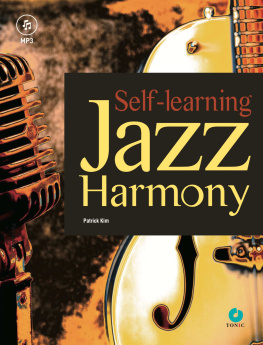
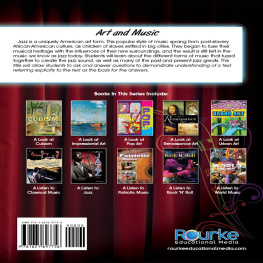


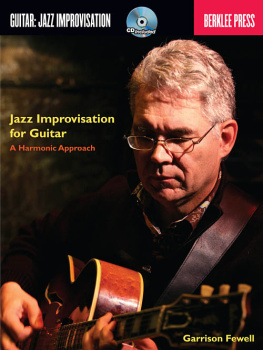
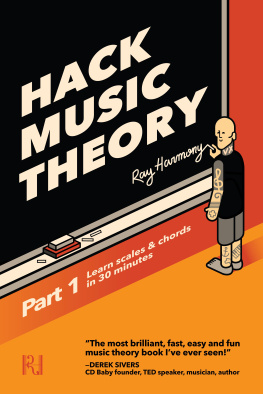

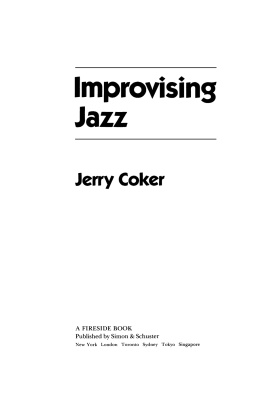
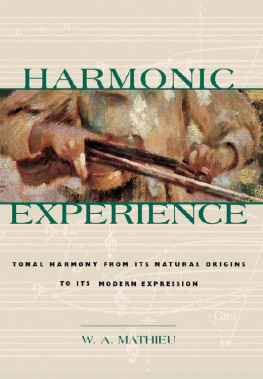

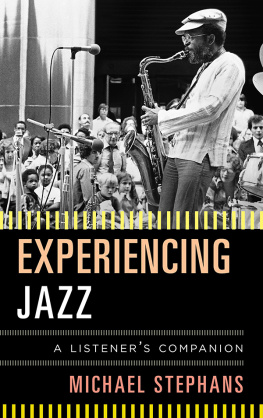

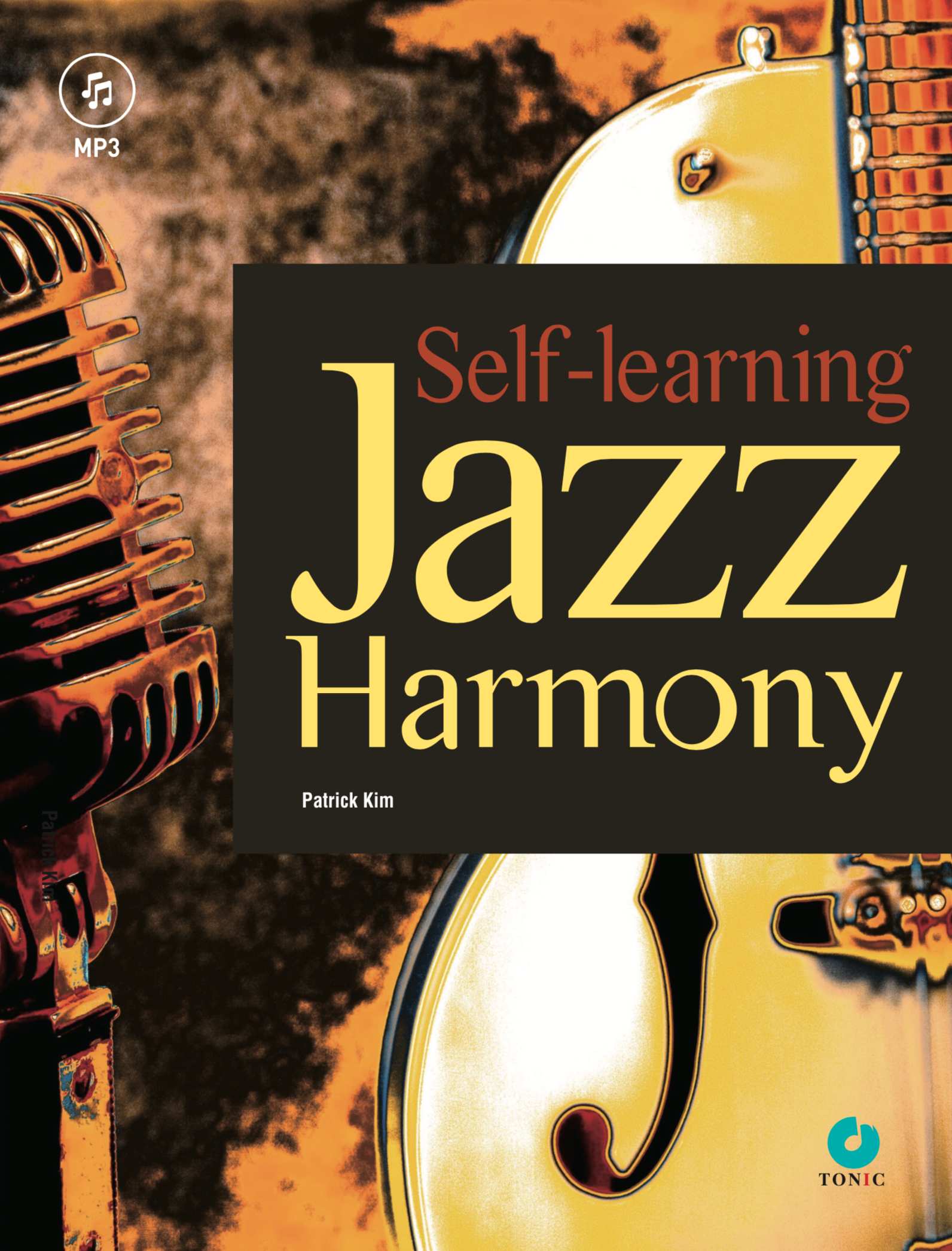
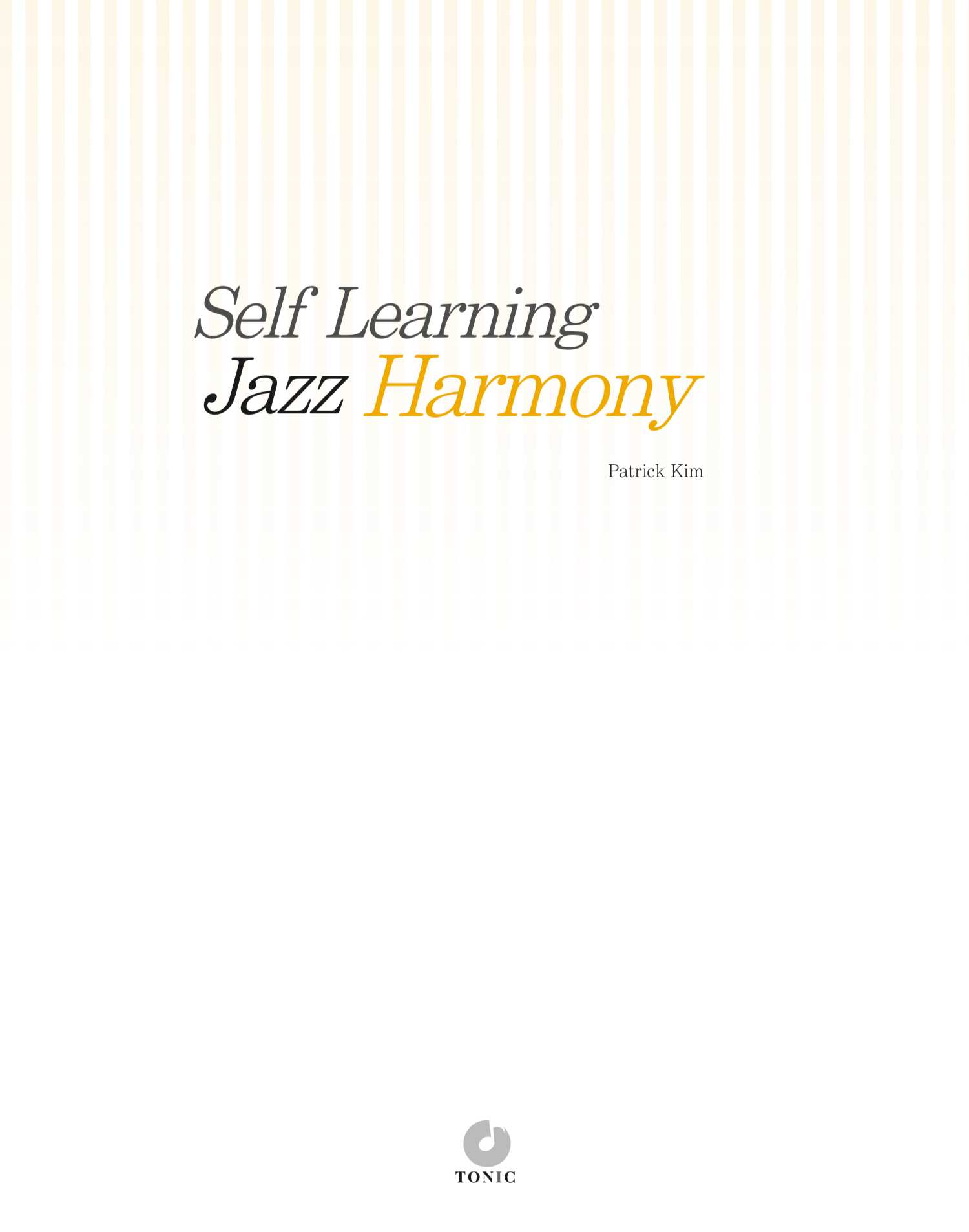

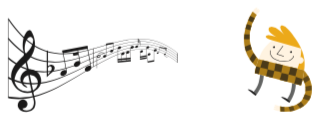
 Basic Theory
Basic Theory Degree
Degree Chord
Chord Diatonic Chords
Diatonic Chords Tension
Tension Secondary Dominant
Secondary Dominant Scale
Scale
 Listen to the audio tracks and play along on your instrument.
Listen to the audio tracks and play along on your instrument.